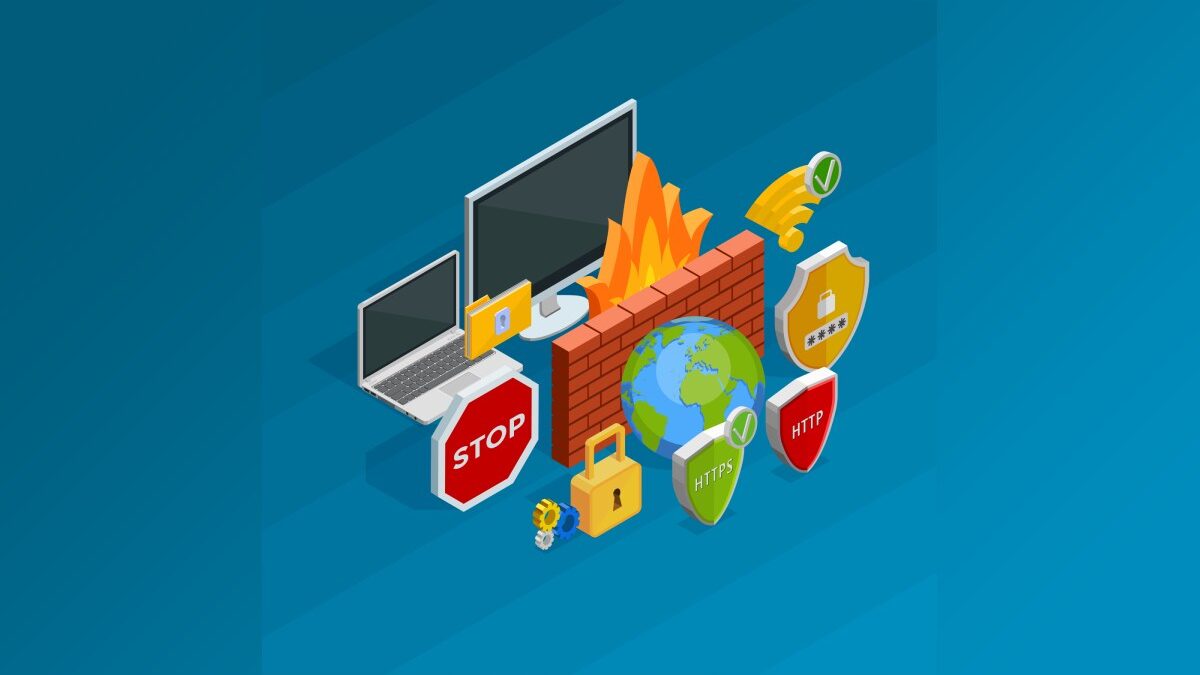Digital security is no longer a luxury; it’s a necessity. As cyber threats grow more advanced, traditional security tools struggle to keep pace. This is where next-generation firewalls (NGFWs) come in, offering a more dynamic and intelligent approach to safeguarding networks. By combining multiple layers of defense into one solution, NGFWs are reshaping the way organizations think about cybersecurity.
Table of Contents
Moving Beyond Traditional Firewalls
Traditional firewalls have long served as the first line of defense, filtering traffic based on ports, protocols, and IP addresses. While effective in the past, these methods no longer provide comprehensive protection against today’s sophisticated attacks. Next-generation firewalls expand on these capabilities by incorporating deep packet inspection, intrusion prevention, and application-level control. This evolution means businesses can now detect and stop threats that slip past outdated defenses.
Smarter Detection Through Deep Packet Inspection
Deep packet inspection (DPI) is one of the defining features of NGFWs. Instead of just looking at where traffic comes from or what port it uses, DPI analyzes the content within each packet of data. This allows the firewall to identify malicious payloads, encrypted malware, or suspicious activity that might otherwise go unnoticed. By inspecting traffic at this granular level, NGFWs can block advanced threats before they ever reach critical systems.
Application Awareness and Control
In a world where applications drive both productivity and vulnerability, visibility is crucial. Next-generation firewalls provide application awareness, enabling businesses to monitor, identify, and control the apps running on their networks. Whether it’s limiting risky applications, prioritizing bandwidth for essential tools, or blocking unauthorized software, NGFWs empower IT teams with the tools they need to balance security with efficiency.
Integrated Intrusion Prevention Systems
Another way NGFWs are changing the game is by integrating intrusion prevention directly into the firewall itself. This eliminates the need for multiple standalone security products while still providing robust protection against known and emerging threats. Intrusion prevention systems (IPS) monitor network traffic for suspicious patterns, automatically blocking malicious attempts before they cause damage. Having this capability built into the firewall streamlines security management and reduces complexity.
Embracing the Cloud and Remote Work
With cloud computing and remote work now standard across industries, firewalls must do more than protect on-premises networks. NGFWs are designed with cloud environments in mind, offering secure connections for distributed teams and applications. They enable secure access to cloud-based resources while ensuring remote workers remain protected, regardless of their location. This adaptability makes NGFWs essential for organizations navigating the modern digital workplace.
Automated Threat Intelligence
One of the most powerful advancements NGFWs bring to cybersecurity is the integration of real-time threat intelligence. By continuously updating with the latest information on global attacks and vulnerabilities, these firewalls stay one step ahead of hackers. Automated updates and machine learning capabilities mean threats can be identified and mitigated faster than ever before, reducing the window of exposure.
Simplified Management and Scalability
Managing multiple layers of security can be daunting for businesses, especially as networks grow. NGFWs simplify this process by unifying various tools into a single, centralized solution. Their scalability also ensures that as a business expands, security measures can grow with it. This combination of ease and adaptability makes NGFWs practical for organizations of all sizes.
Investing in Smarter Security
For businesses looking to strengthen their defenses, exploring solutions like WatchGuard Online Firewalls provides a reliable way to access the latest advancements in network protection. By leveraging next-generation capabilities, organizations can reduce risks, maintain compliance, and support secure growth.
Conclusion
Cybersecurity challenges are constantly evolving, and the tools used to fight them must evolve as well. Next-generation firewalls represent a significant leap forward, combining advanced detection, application control, intrusion prevention, and cloud adaptability into one cohesive system. As businesses face increasingly complex threats, adopting NGFWs is no longer just an option—it’s a strategic necessity for long-term resilience in the digital age.

